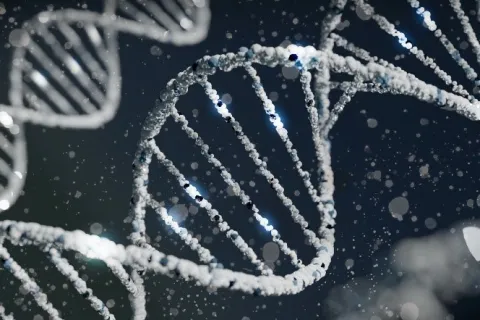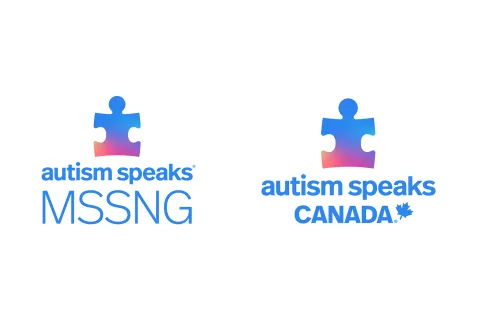INSAR Day 1: MSSNG research presents new findings in autism and genomics
May 6, 2021During the first day of presentations at the International Society for Autism Research (INSAR) annual meeting on Tuesday, May 4, Stephen Scherer, Ph.D., presented a range of updates on autism genetics and gene-environment interactions based on his work with several whole genome databases, including Autism Speaks MSSNG project.
Compared to other datasets that have only certain pieces of information about genetic sequences, such as copy number variants or repeat expansions, where a single gene or section of genes is duplicated or repeated in an atypical way, whole genome sequencing data provides a look at all of these types of variations at once.
“Dr. Scherer’s work represents some of the most powerful genomic findings and technological advances in identifying autism risk genes known today,” said Autism Speaks Chief Science Officer Autism Speaks. “We firmly believe that the power of big data available in whole-genome resources like MSSNG will lead the way to more personalized healthcare solutions for people with autism.”
Using machine learning techniques, researchers can more rapidly identify patterns from the more complete picture of a person’s genetic code. Dr. Scherer’s work at The Hospital for Sick Children (SickKids) in Toronto conducts the whole genome sequencing for participants in the MSSNG project.
On Tuesday, Dr. Scherer presented a body of work from his research of two autism-specific whole genome datasets – MSSNG and the Simons Simplex Collection from the Simons Foundation Autism Research Initiative – to get 20,000 autism-related genetic samples, and compared them with a control database of typically developing individuals.
The studies published from that analysis included uncovering 135 new genes involved in autism, increasing the total number of ASD-risk genes in the scientific literature to 204. For the first time, the researchers in this study were also able to include findings related to mitochondrial variations, a type of gene change that is not available with some other types of genetic testing.
While the findings confirmed some of the most common ASD-linked genes, such as CHD1 and CHD2 and SHANK3, this research also ranked the relative strength of links to autism for all of the newly identified genes. It also linked a particular type of change in the SHANK3 gene found in more than 20 unrelated families where all of the people who carried that change have autism. Importantly, the change was not found in the control dataset.
By identifying this strong link between a particular genetic change and autism – where the change does not occur frequently in typically developing people - researchers can then take the next step to begin studying phenotypic changes, or clinical symptoms, that are linked to that genetic change.
To uncover these patterns and relationships, the researchers at SickKids also developed algorithms to more rapidly analyze all of the genetic sequences in the data, not just the sections most often studied.
These algorithms, which scan the genomic data for patterns, uncovered that about 12 percent of people with ASD studied have a structural variation to a neuronal gene. One example described how a piece of mitochondrial DNA inserted itself into a section of the SYNGAP1 gene, shifting the remaining genetic code and reliably predicting a serious disruption in the function of other genes, known as a Loss of Function variant.
This type of finding is only possible through whole genome sequences, as other types of genetic testing do not capture all of these genetic changes at once.
Dr. Scherer also highlighted the related work of fellow SickKids researcher Ryan Yuen, Ph.D., who published a paper in 2020 in Nature describing a different type of genetic change called a tandem repeat, and Bridget Fernandez, M.D., of Memorial University of Newfoundland, who linked certain ASD genetic variations to phenotypic changes like physical differences, major genetic anomalies and structural brain differences.







